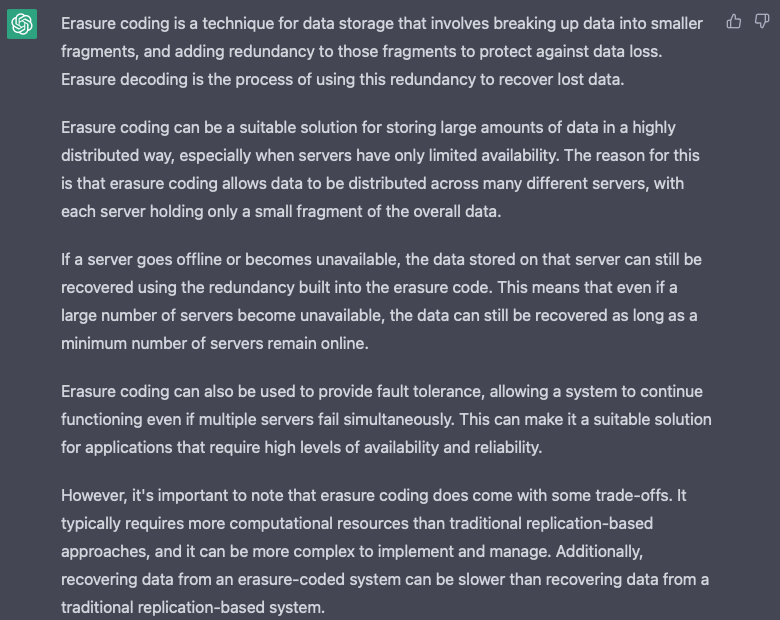The calculation correctly shows the probability that three nodes with 90% uptime will all be offline at the same time, assuming their downtimes occur randomly. In practice, there will be some correlation in energy availability for any nodes relying on solar power which are in adjacent time zones, but to the extent they also rely on wind and have significant geographical separation, this correlation would be reduced. Solar only farms won’t hit 90% uptime.
As a majority, but not exclusive, consumer of hydroelectric power, I’ve pondered this quite a bit. Dams impact the local environment in ways that are harmful, including greenhouse gas emissions from decaying biomatter in the flooded area upstream (could actually be worse than burning fossil fuels for the same energy in some cases).
Every method of harvesting energy has impacts that are greater than what’s observed at the site and time of production. The total impact of any choice around using energy becomes a very complicated question. That’s why I don’t think we should take the role of judging the relative impact of various farms. Rather, I think we can take the more neutral stance of accommodating farming done with intermittent non polluting energy sources, and leave it to consumers to choose farms that align with their values.




